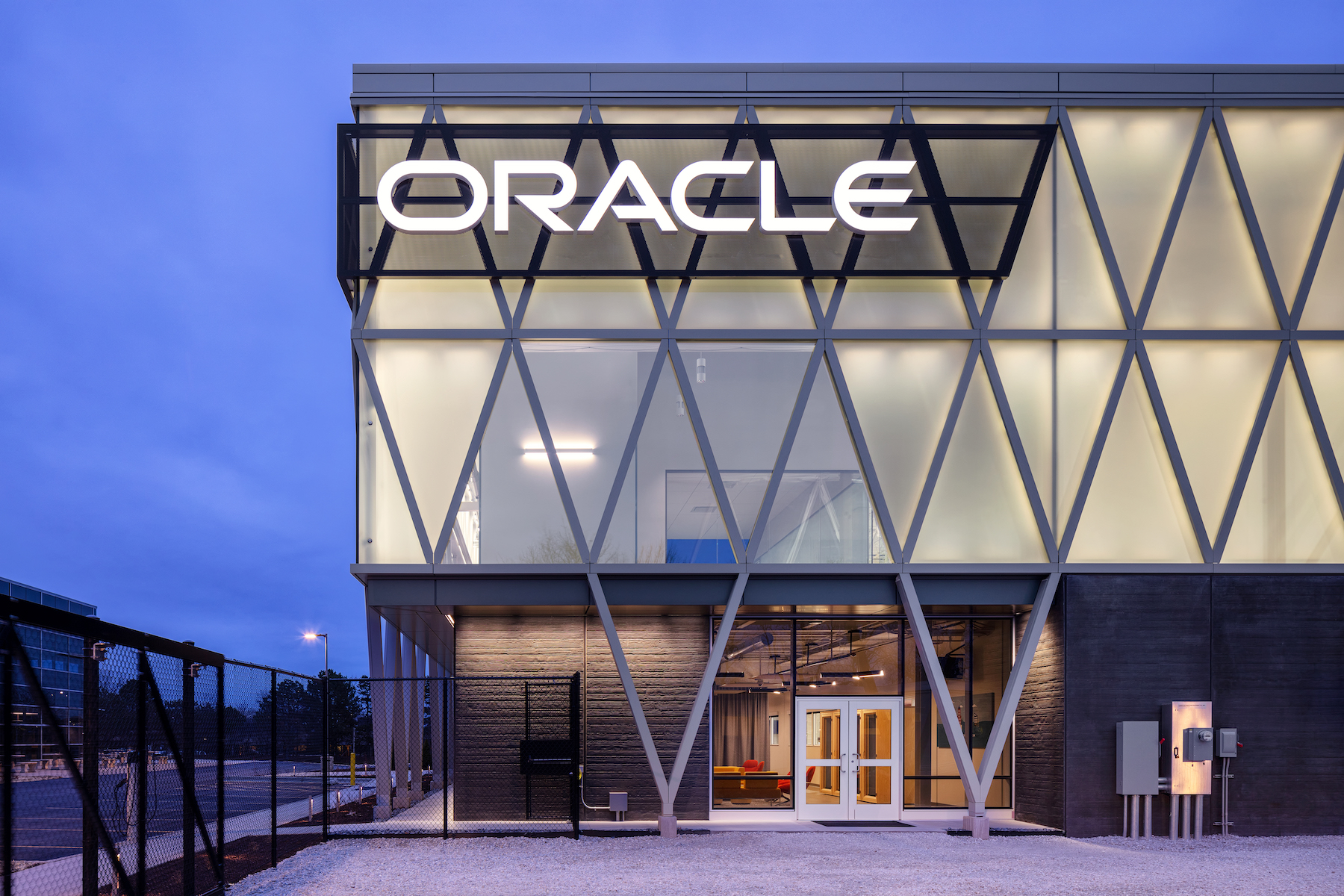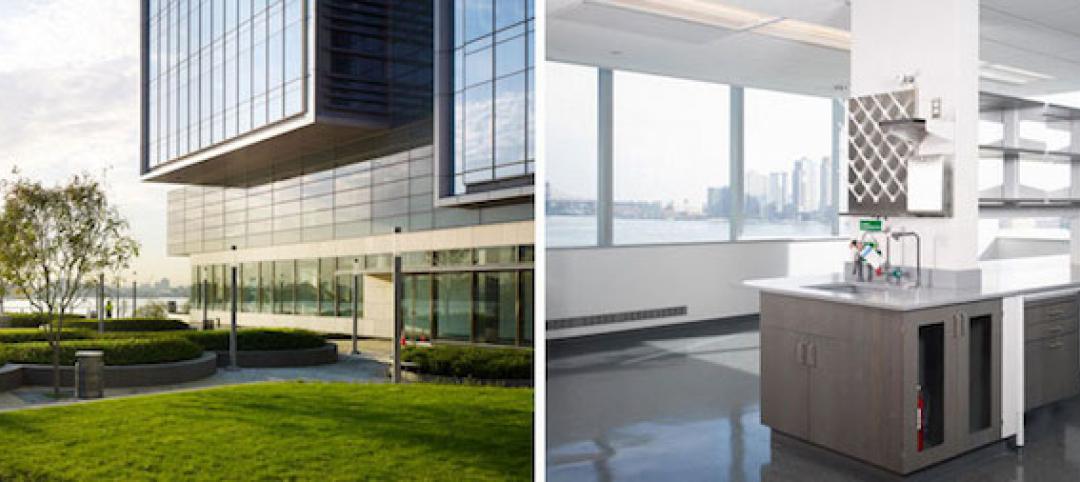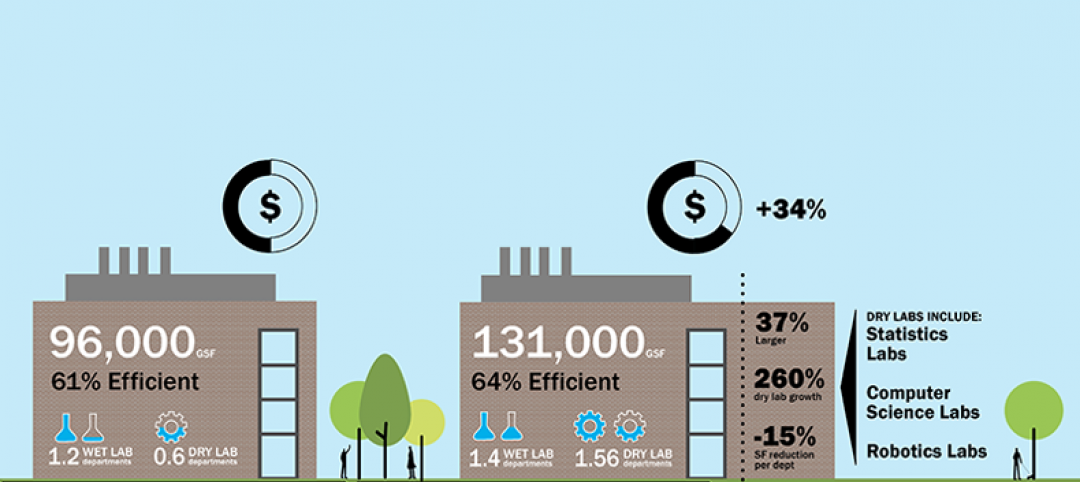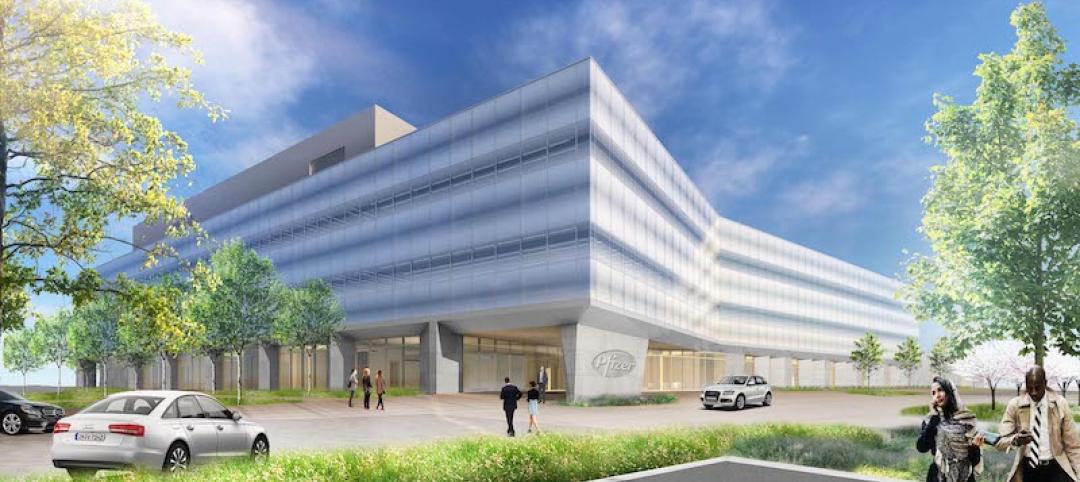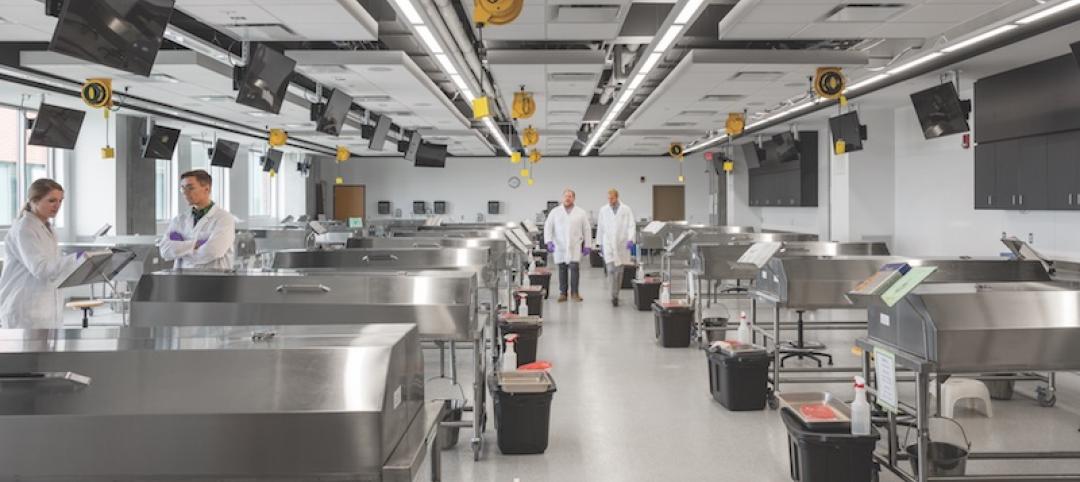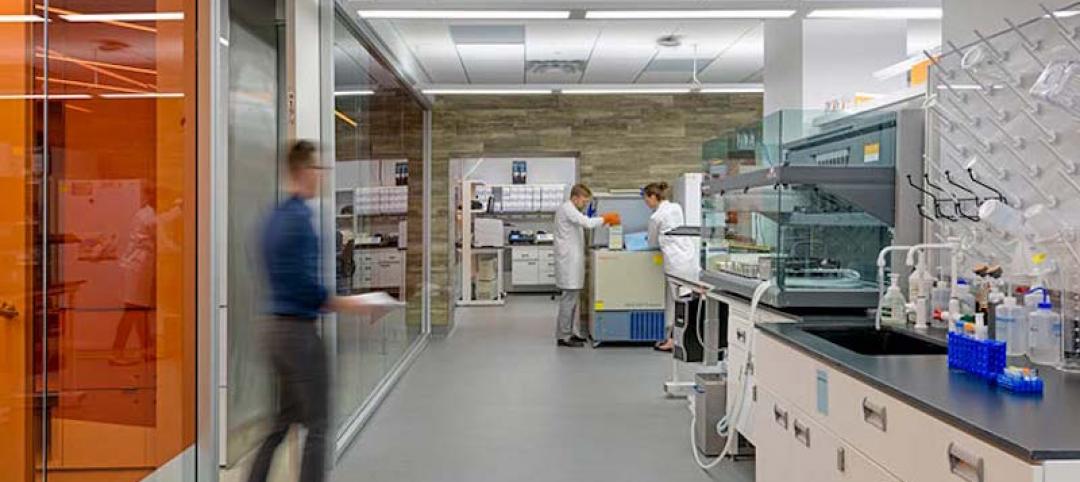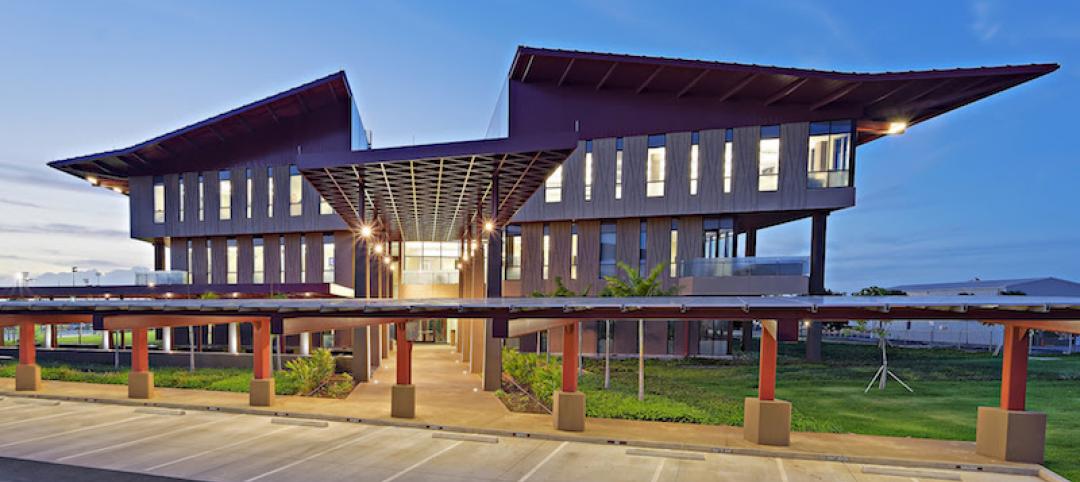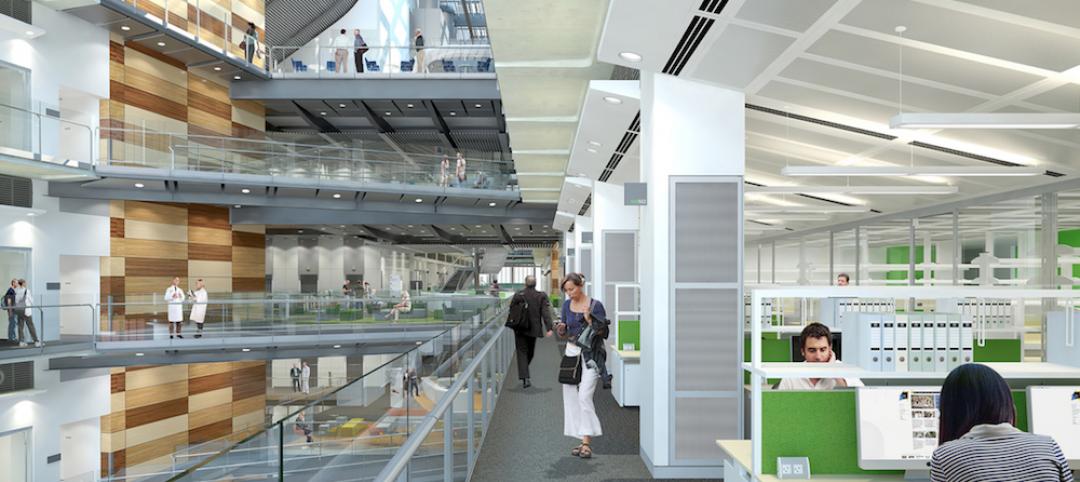The Oracle Industry Lab in Chicago, which provides customers in multiple industries the opportunity to test new technologies, recently opened. It is the first such facility for the IT giant that plans to add labs in England and Australia later this year. The lab provides customers a hands-on environment to develop new ideas and create solutions with technology from Oracle and more than 30 industry partners, according to a news release.
The new 30,000 sf facility located in Deerfield, Ill., supported by Verizon 5G Ultra Wideband, will first focus on the energy and water, construction and engineering, communications, and manufacturing industries. Customers can test robot dogs, artificial intelligence, and drones at the lab to apply to some of their most difficult challenges.
“The core technology used in the world’s most essential industries doesn’t run in an office, it runs on a construction site, in the utility operations center, on the manufacturing floor,” said Mike Sicilia, executive vice president of Oracle’s vertical industries. “The lab brings these scenarios to life so that collectively, customers, partners, and Oracle can create solutions to fuel opportunity and solve the really tough problems these industries are facing.”
Utilities applications
Water, gas, and electric utilities are facing unprecedented regulatory, environmental, and customer-driven demands. The lab provides simulated environments including a connected neighborhood and smart studio apartment for customers to experiment with technologies such as sensors to help relieve stress on the electric grid, drones and augmented reality to improve safety and efficiency in field work, and AI and behavioral science to guide households to be more energy efficient.
Communications applications
5G is an opportunity to add new, more reliable services and products to consumers, and also drive new revenue streams in the enterprise. The technology, for example, can power robotic surgeries and smart factories. Lab visitors can experiment with how cloud native communications technologies are enabling automation and scaling to meet expected growth in 5G subscribers, connected devices, and demand for rapid service innovation. They can explore how service providers can partner with other industries to co-create B2B2X (business-to-business-to-X) offers and business models.
Construction and Engineering applications
Oracle and its partners will explore the power of a connected ecosystem, leveraging technologies such as visual progress monitoring, sensor-based tracking, digital twins, autonomous laser scanning, augmented reality, IoT, and more. These offerings will enable visitors to test and validate new solutions to inform predictive decision-making, reduce inefficiency, mitigate risk, and foster better outcomes.
Manufacturing applications
A global pandemic, extreme supply chain and labor shortages, and increasing customer expectations are forcing manufacturers to adapt faster than ever. Companies must digitize their businesses and increase connectivity throughout their operations by embedding technologies such as IoT, AI, augmented reality, digital twins, predictive analytics, and factory automation.
Owner and/or developer: Oracle
Design architect: Nelson Worldwide
Architect of record: Nelson Worldwide
MEP engineer: Thorson Baker
Structural engineer: Thorson Baker
General contractor/construction manager: Pepper Construction
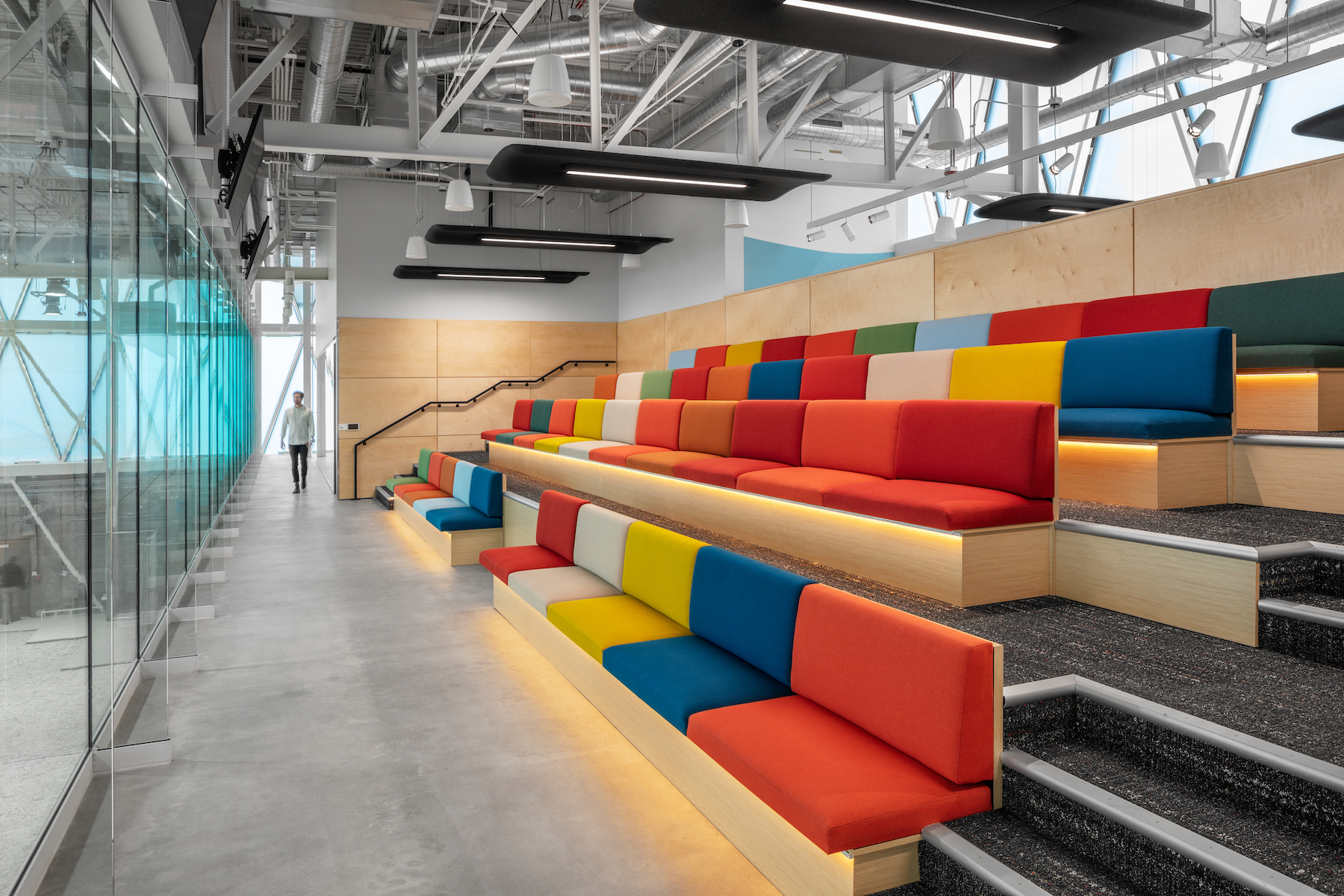
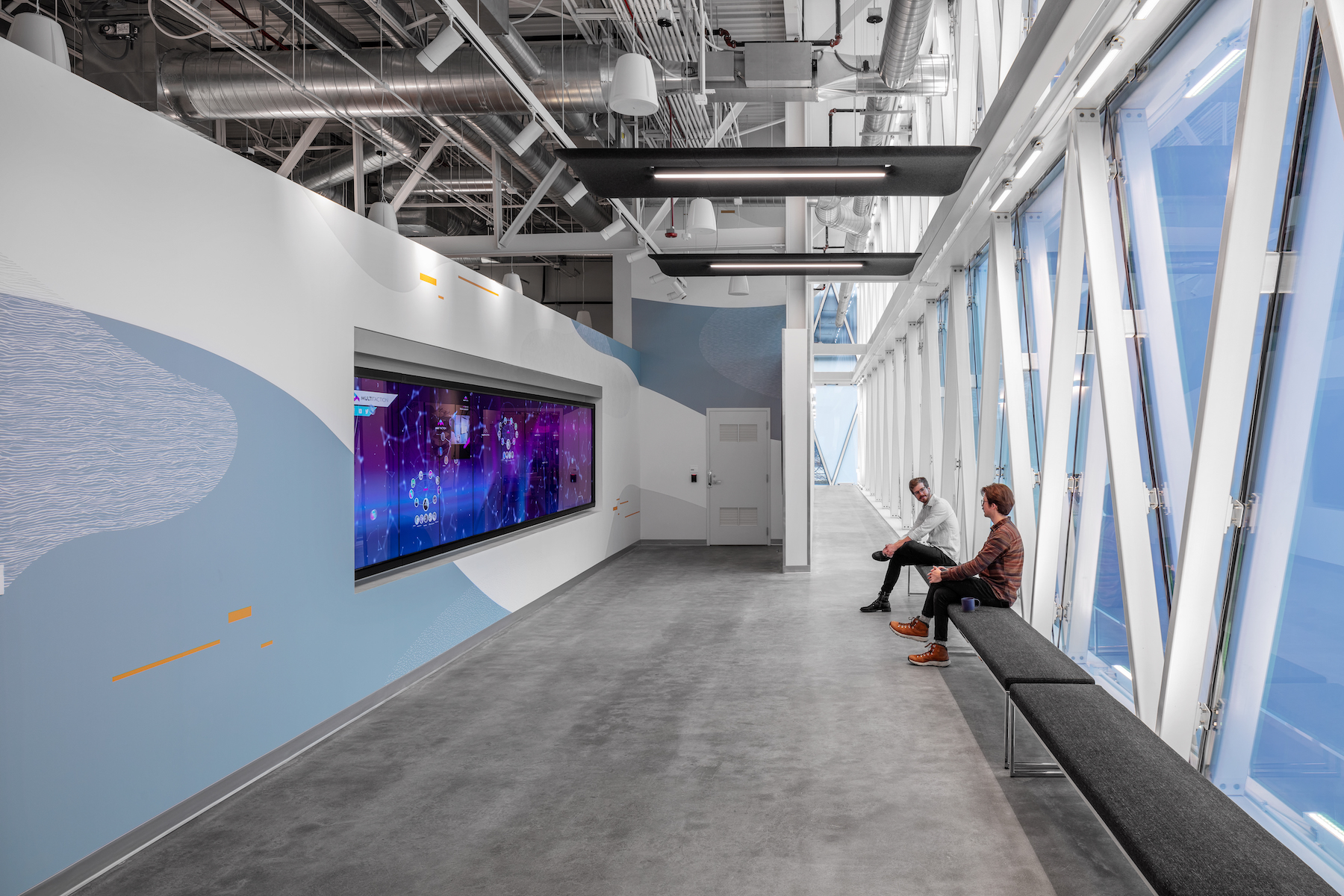
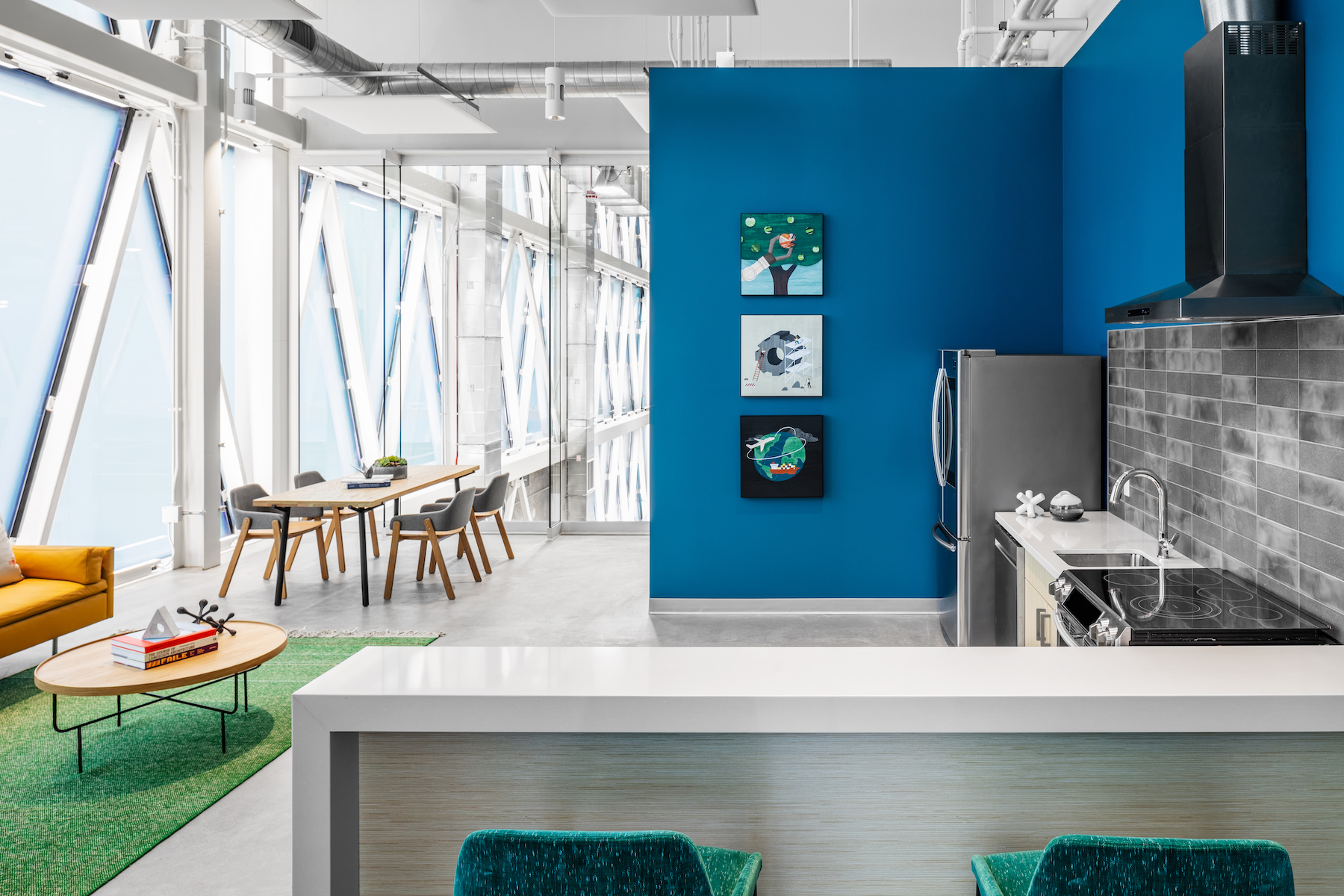
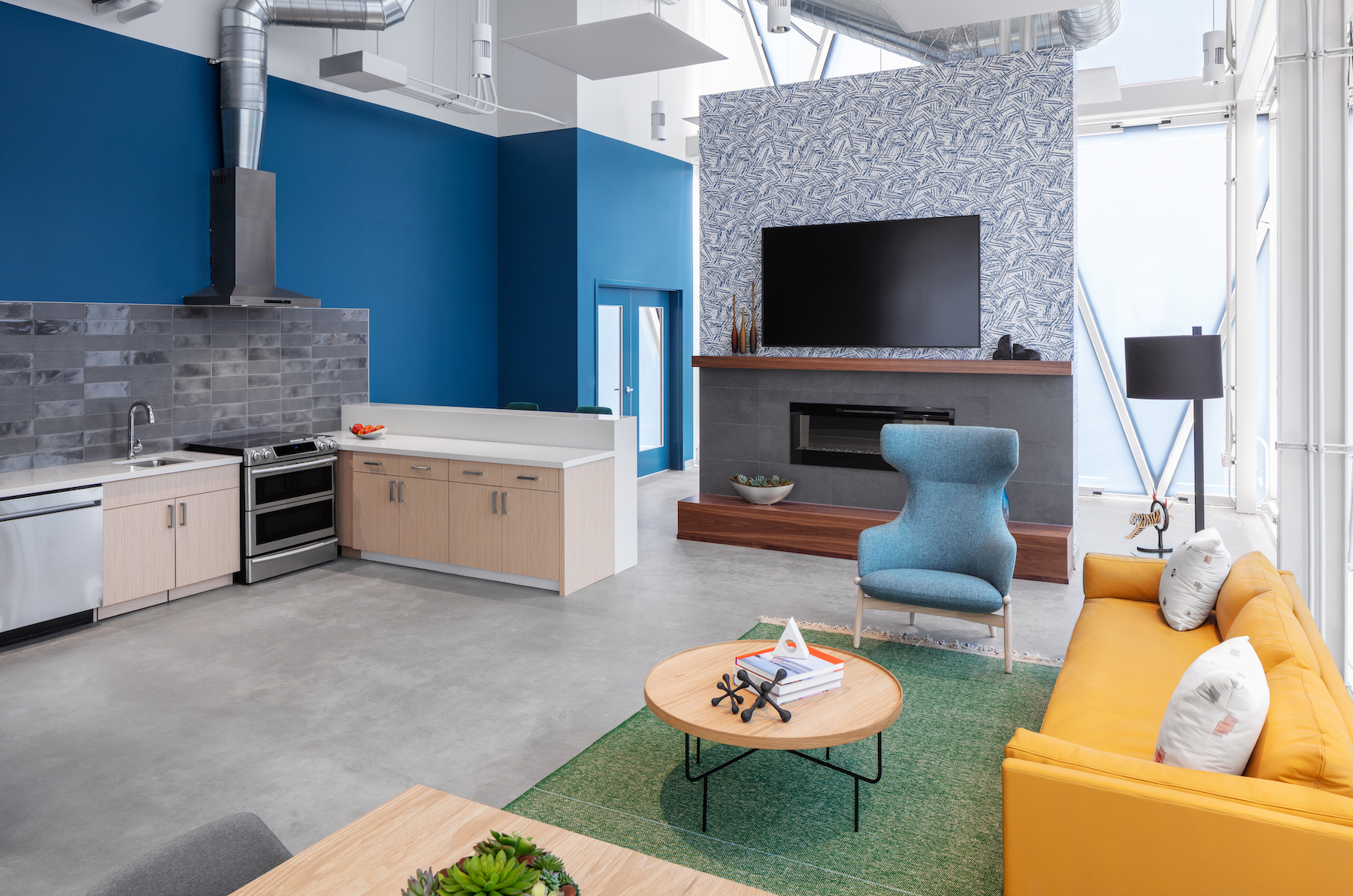
Related Stories
Laboratories | Sep 12, 2017
New York City is positioning itself as a life sciences hub
A new Transwestern report highlights favorable market and regulatory changes.
Laboratories | Aug 3, 2017
Today’s university lab building by the numbers
A three-month study of science facilities conducted by Shepley Bulfinch reveals key findings related to space allocation, size, and cost.
Laboratories | Jul 18, 2017
Pfizer breaks ground on new R&D campus in St. Louis suburb
The facility will consolidate the company’s local workforce, and provide flexible work and research spaces.
Building Team Awards | Jun 12, 2017
The right prescription: University of North Dakota School of Medicine & Health Sciences
Silver Award: North Dakota builds a new medical/health sciences school to train and retain more physicians.
Laboratories | Apr 13, 2017
How to design transformative scientific spaces? Put people first
While most labs are designed to achieve that basic functionality, a transformational lab environment prioritizes a science organization’s most valuable assets: its people.
Laboratories | Sep 26, 2016
Construction has finished on the world’s largest forensic anthropology lab, designed by SmithGroupJJR
The lab’s main purpose will be to help in the investigation, recovery, and accounting of Americans lost in past wars.
Laboratories | Aug 8, 2016
The lab of the future: smaller, flexible, tech-enabled, business focused
A new CBRE report emphasizes the importance of collaboration and standardization in lab design.
Laboratories | Jun 16, 2016
How HOK achieved design consensus for London's Francis Crick Institute
The 980,000-sf, $931 million facility is the result of a unique financing mechanism that brought together three of the U.K.’s heaviest funders of biomedical research—the Medical Research Council, Cancer Research UK, and the Wellcome Trust—and three leading universities—University College London, Imperial College London, and King’s College London.


